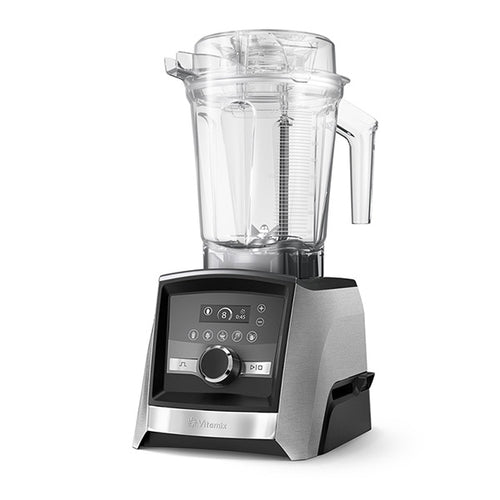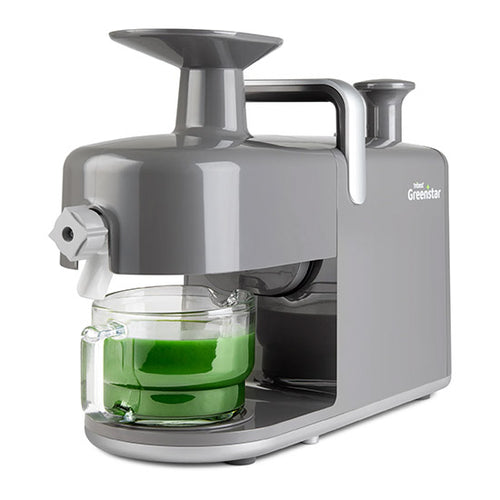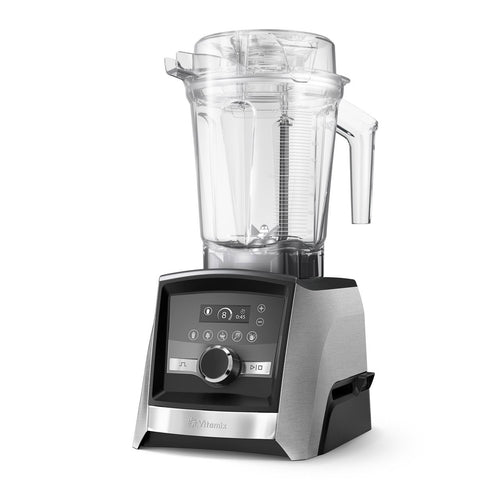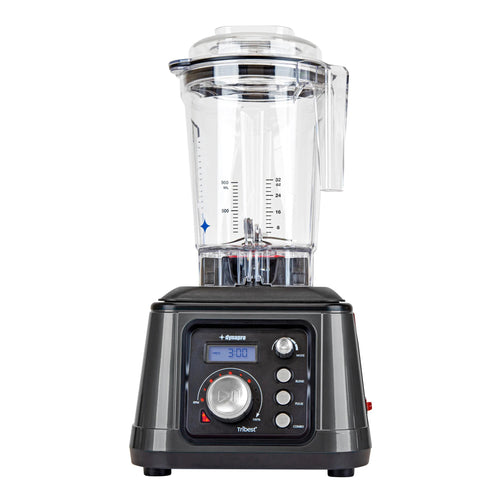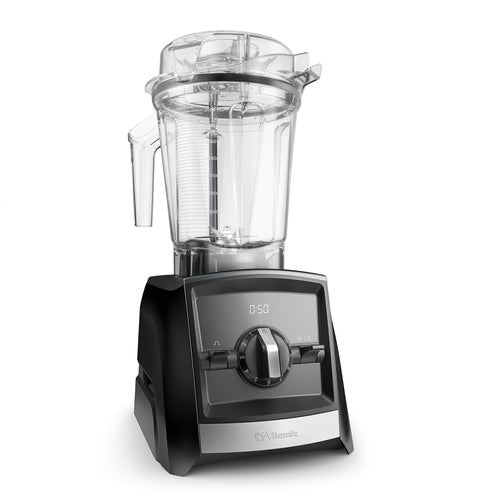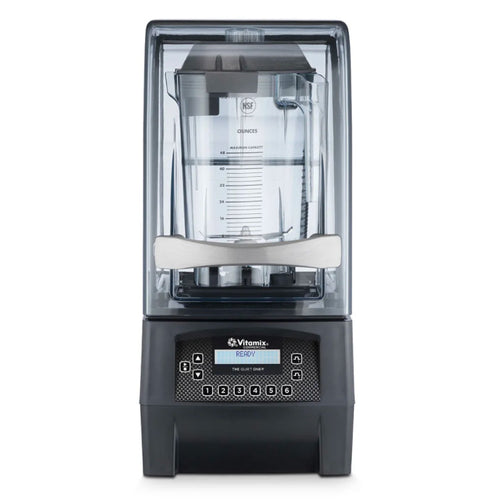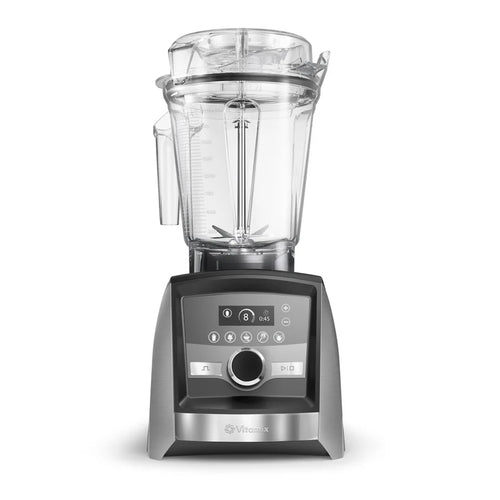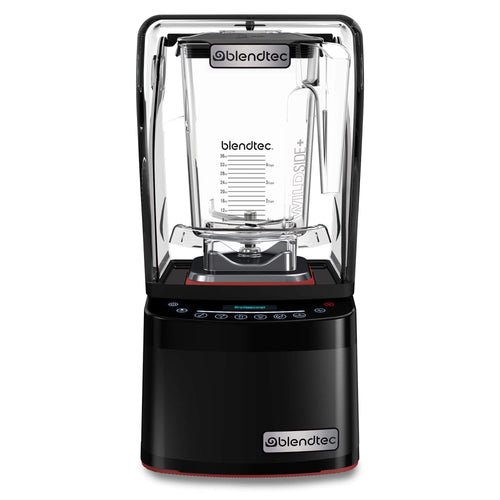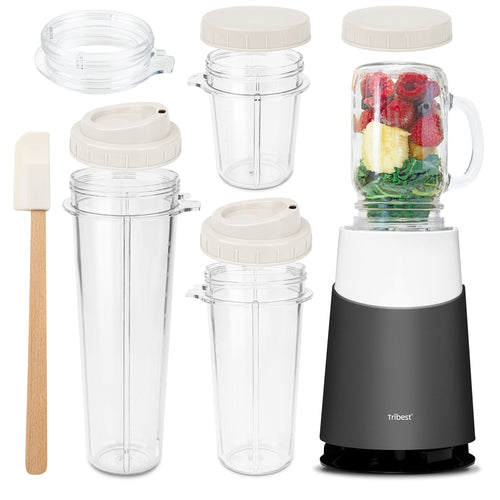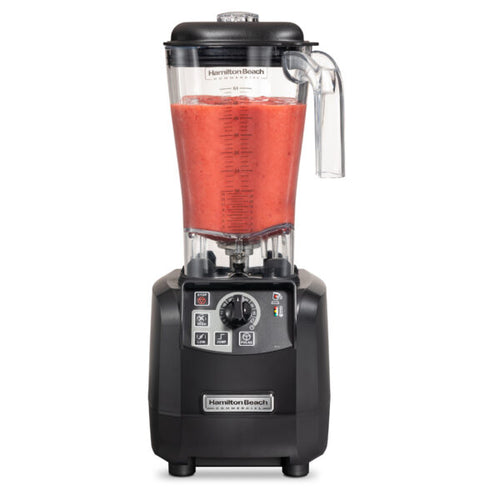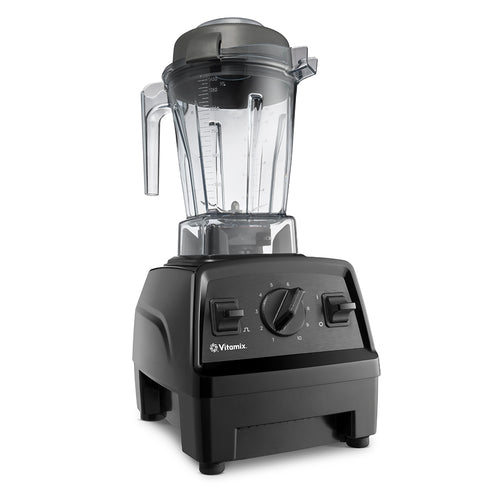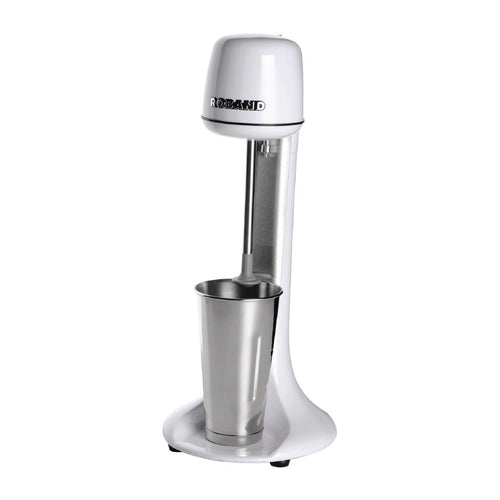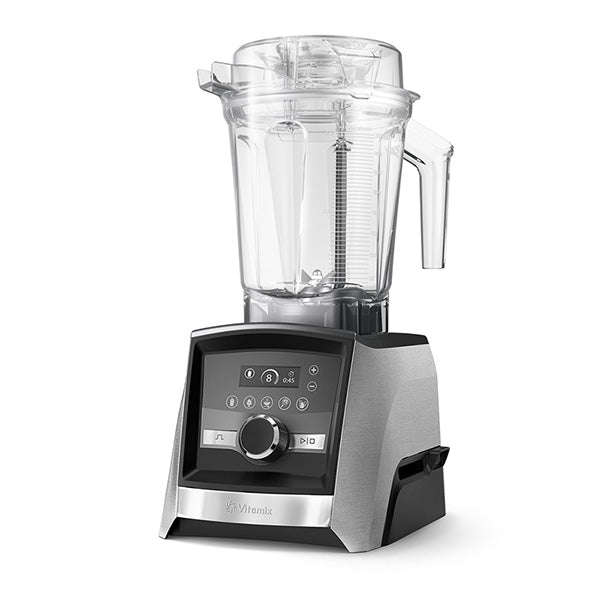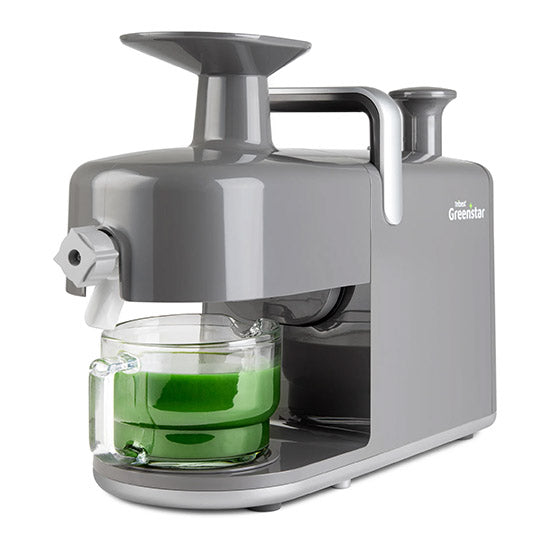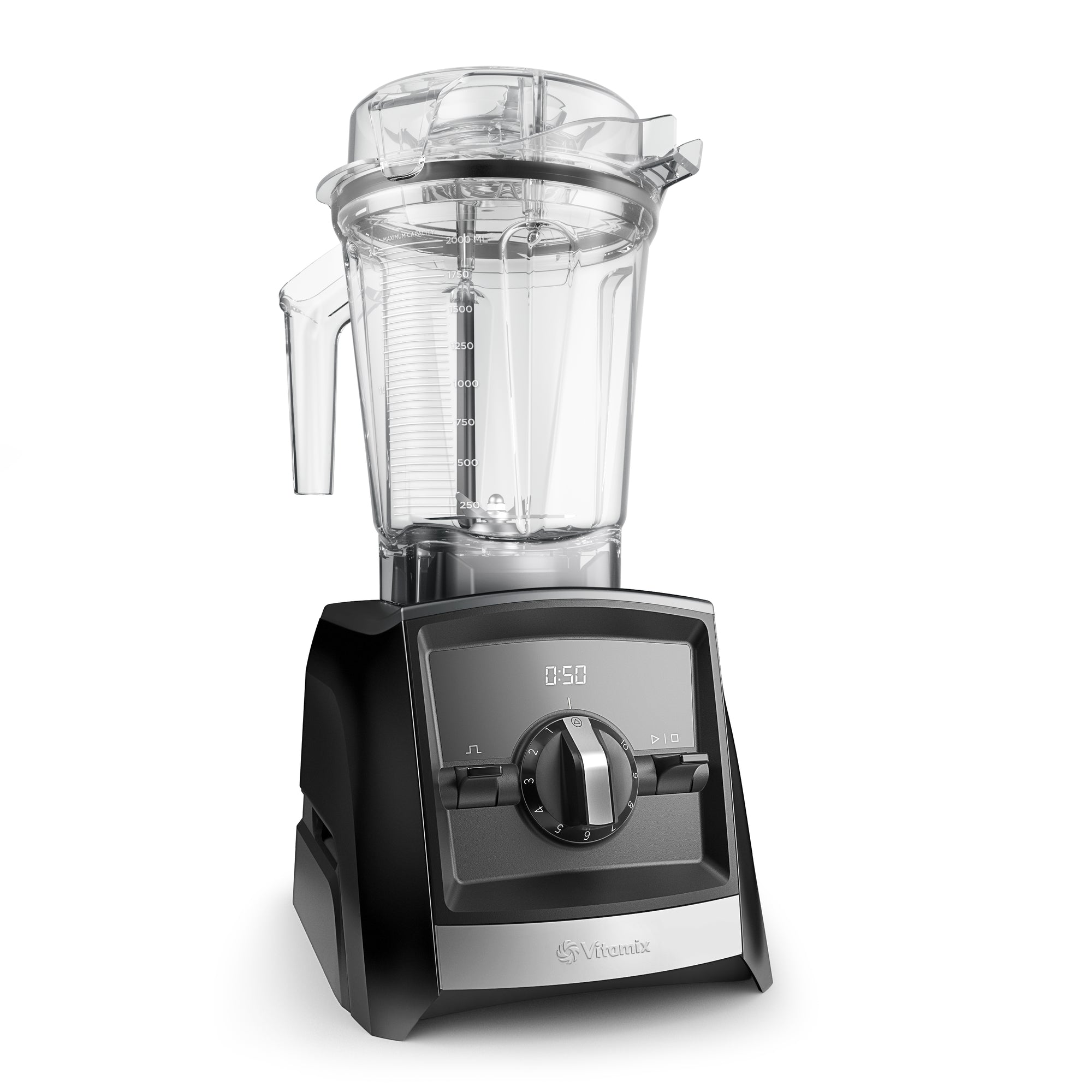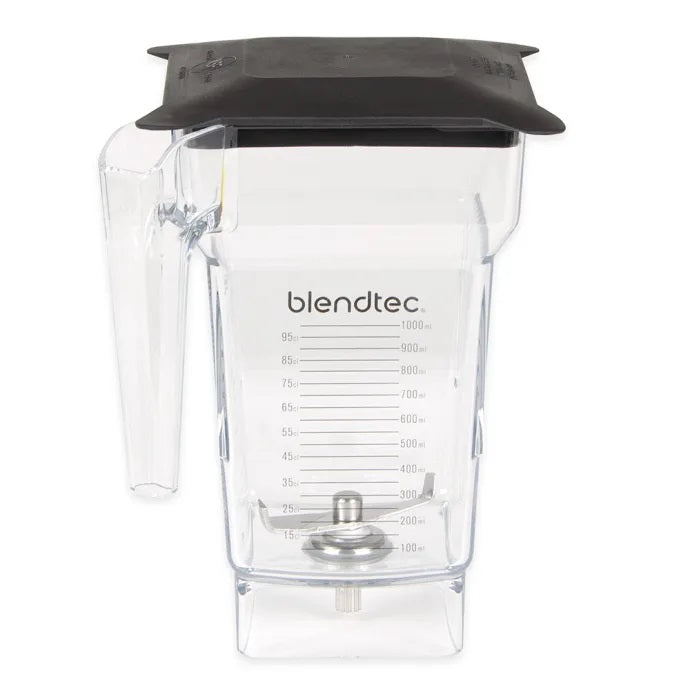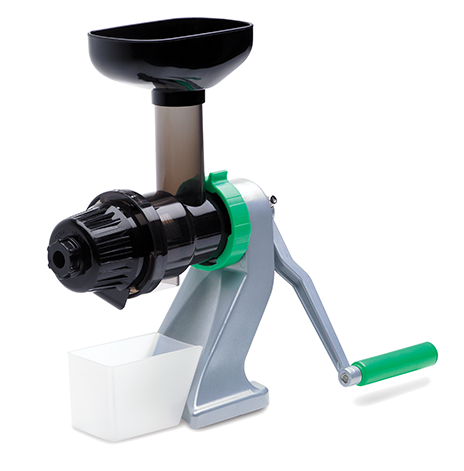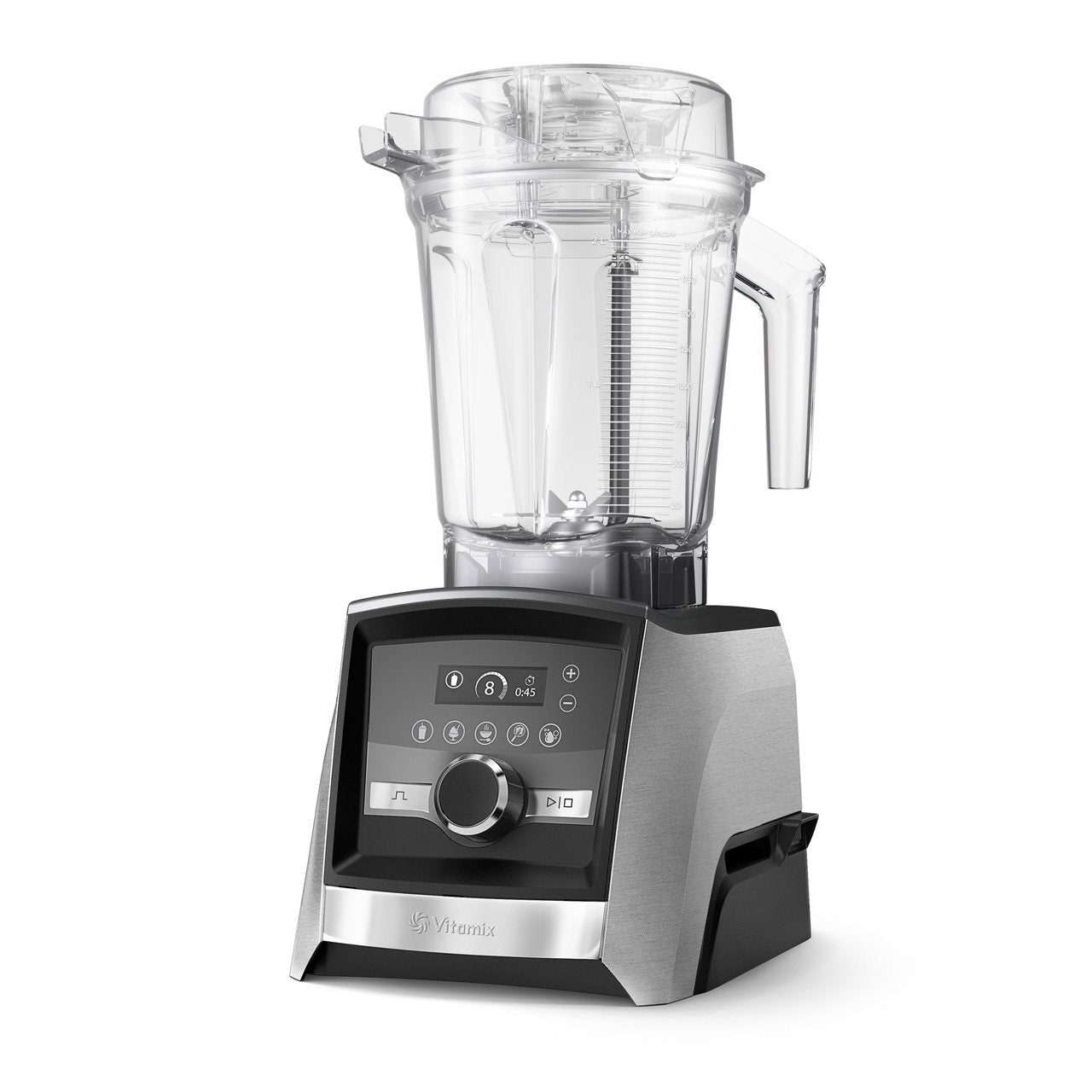What is the difference between Commercial Blenders and Regular Blenders? The main differences between commercial blenders and regular blenders are their intended usage, power, durability, and capacity.
Commercial blenders are designed for heavy-duty use in commercial settings such as restaurants, cafes, and bars. They are built to withstand constant use and can blend large quantities of ingredients quickly and efficiently. In contrast, regular blenders are designed for home use and are generally used less frequently and for smaller quantities of ingredients.
Commercial blenders typically have more powerful motors than regular blenders, ranging from 1000 to 2000 watts or higher, which allows them to blend tough ingredients such as ice, frozen fruit, and vegetables. Regular blenders usually have motors between 300 to 1000 watts.
Commercial blenders are also built to be more durable and sturdy than regular blenders. They are made of high-quality materials such as stainless steel and have more robust construction to withstand heavy use. Regular blenders are usually made of plastic or glass and are not designed to withstand the same level of wear and tear.
Finally, commercial blenders often have larger blending containers than regular blenders. This allows them to blend larger quantities of ingredients at once, making them more efficient for commercial use. Regular blenders typically have smaller blending containers, which are suitable for blending smaller quantities of ingredients for personal use.
Will I get a better result with a commercial-quality blender?
Whether or not you will get a better result with a commercial-quality blender depends on your specific blending needs.
Commercial-quality blenders are designed to be more powerful, durable, and efficient than regular blenders. They are built to handle high volumes of ingredients and are capable of blending tough ingredients such as ice and frozen fruit with ease. This makes them an ideal choice for commercial settings where a large volume of blending is required.
If you are blending large quantities of ingredients frequently, a commercial-quality blender may be a good investment. The powerful motor and larger capacity can help you achieve a smoother and more consistent blend, especially for tougher ingredients.
However, if you only use your blender occasionally and for smaller quantities of ingredients, a regular blender may be sufficient for your needs. Regular blenders are generally less expensive and take up less space, making them a more practical choice for home use.
In summary, a commercial-quality blender can provide better results for high-volume blending needs, but may not be necessary for occasional or small-scale blending. Ultimately, the best blender for you will depend on your specific blending needs and budget.
What are the the different types of blenders?
There are several types of blenders available in the market, each with unique features and functionality. Here are some of the most common types of blenders:
-
Countertop Blenders: Countertop blenders are the most popular type of blender and are designed for general use in the kitchen. Countertop blenders can be either Beverage Blenders or Food Preparation Blenders. They come in a variety of sizes and have various features such as different speed settings, pulse functions, and ice-crushing capabilities.
-
Immersion Blenders: Immersion blenders, also known as hand blenders, are handheld and are designed for blending smaller quantities of ingredients. They are great for pureeing soups, making smoothies, and blending baby food.
-
Personal Blenders: Personal blenders are compact and portable, designed for blending single servings of smoothies or other drinks. They usually come with a to-go cup and a lid that makes them easy to take on-the-go.
-
High-Performance Blenders: High-performance blenders are designed for blending tougher ingredients such as nuts, ice, and frozen fruits. They typically have more powerful motors, sharper blades, and larger capacity containers than standard countertop blenders. At Blenders Online we mainly offer high-performance blenders due to their smooth consistency and high quality.
-
Commercial Blenders: Commercial blenders are designed for use in commercial settings such as restaurants and cafes. They are built to handle high volumes of blending and have powerful motors, durable construction, and large blending containers.
Each type of blender has its unique features and benefits, and choosing the right blender depends on your specific blending needs and preferences.
What are the best blender brands?
There are several blender brands available in the market, each with its unique features and functionalities. Here are some of the most popular and highly-rated blender brands:
-
Vitamix: Vitamix is a well-known and popular blender brand that produces high-quality and durable blenders. They offer a wide range of models, from high-performance blenders to personal blenders.
-
Blendtec: Blendtec is another popular blender brand that produces powerful and high-performance blenders. Their blenders come with pre-programmed settings and are capable of blending tough ingredients with ease.
-
Hamilton Beach: Hamilton Beach is a well-known blender brand that offers a range of affordable and versatile blenders suitable for various blending needs.
-
Waring: Waring is a well-respected blender brand, made in the USA, that offers a range of high-quality and durable blenders suitable for various blending needs.
-
Apuro: Apuro is a brand that produces a range of affordable yet quality commercial kitchen blenders, including blenders with sound covers and digital options.
Other notable blender brands we don't offer include Ninja, Breville, Kitchen Aid, Cuisinart, and Oster. Ultimately, the best blender brand for you will depend on your specific blending needs and preferences.
Shop Blenders Online now.
